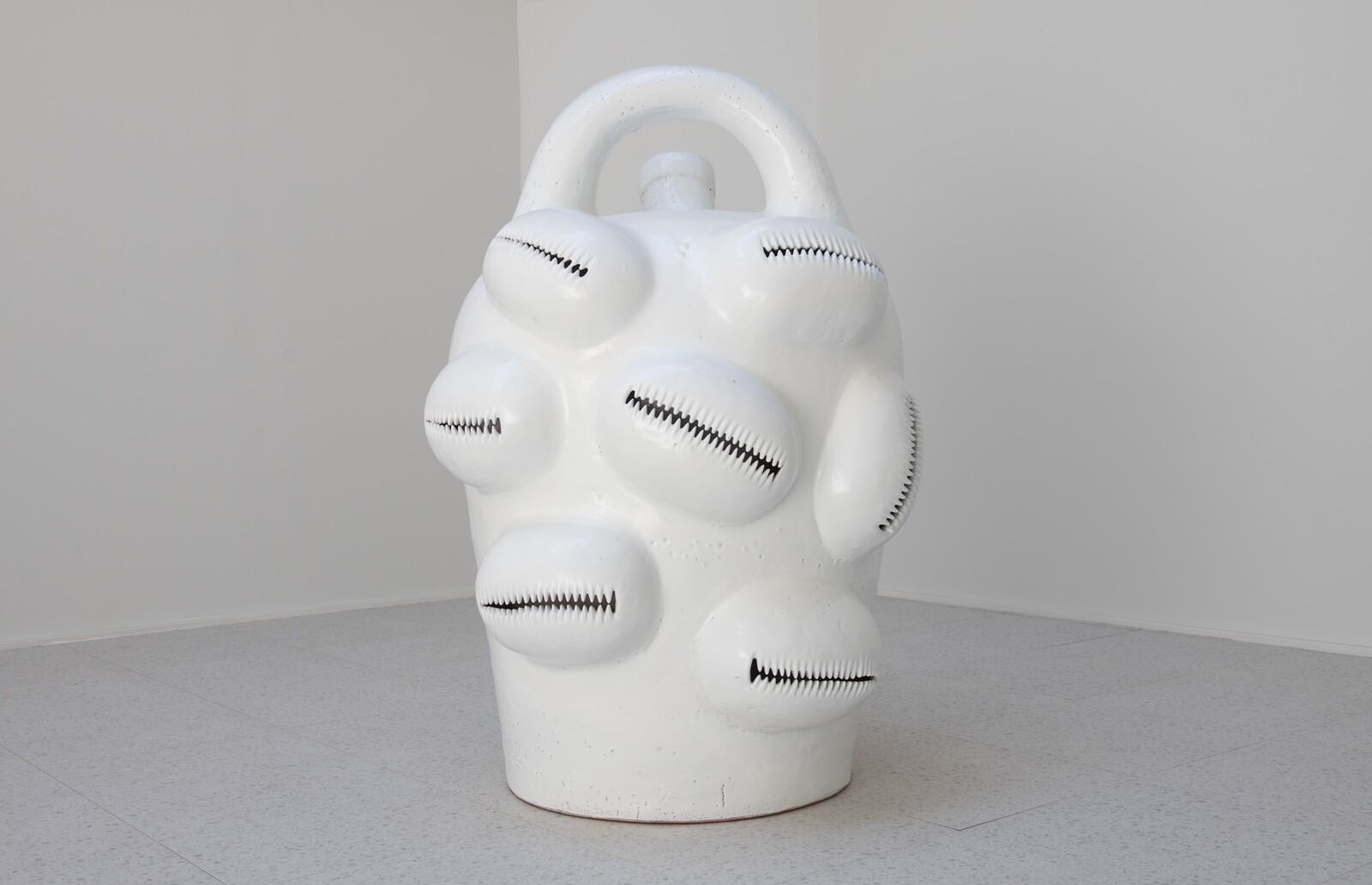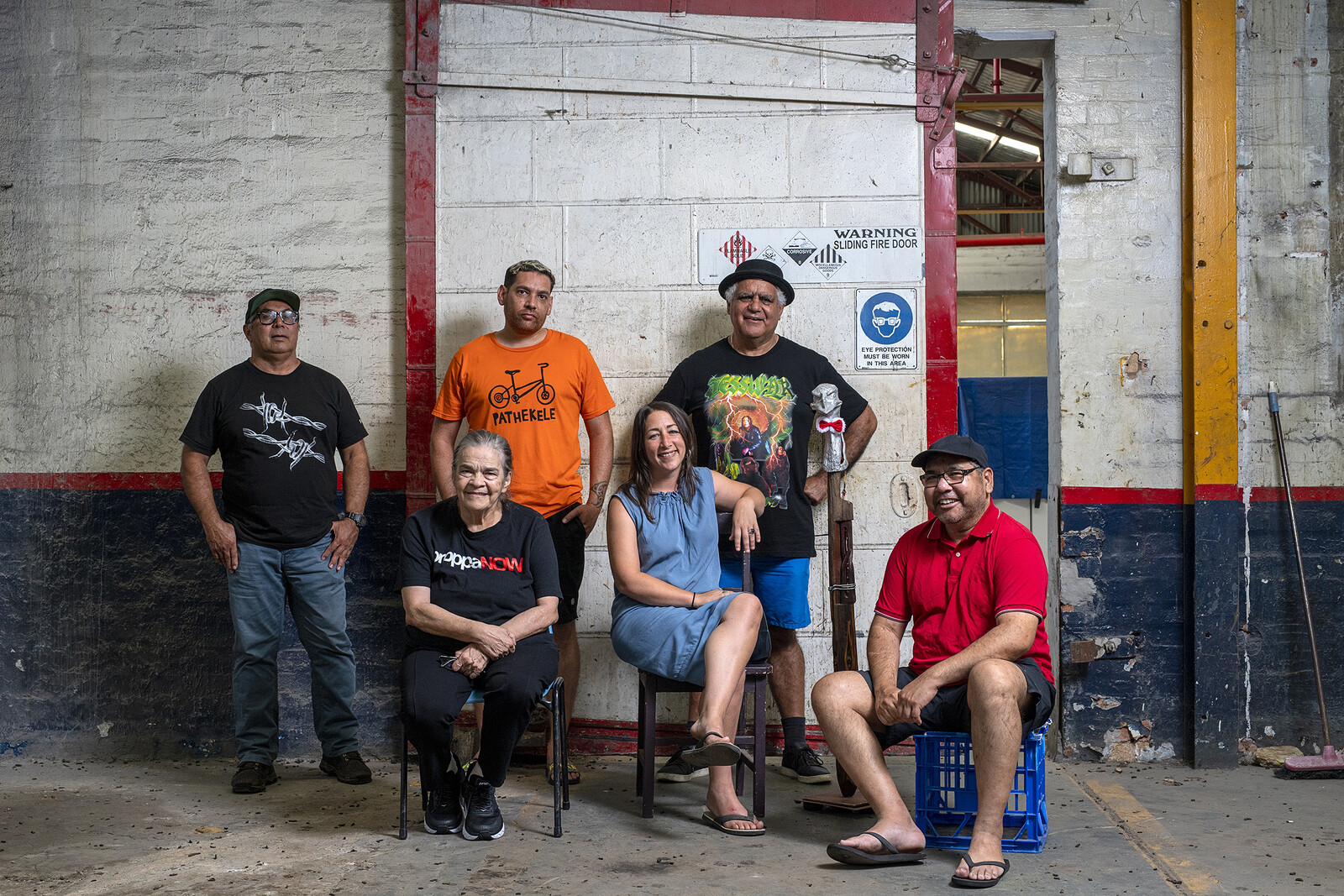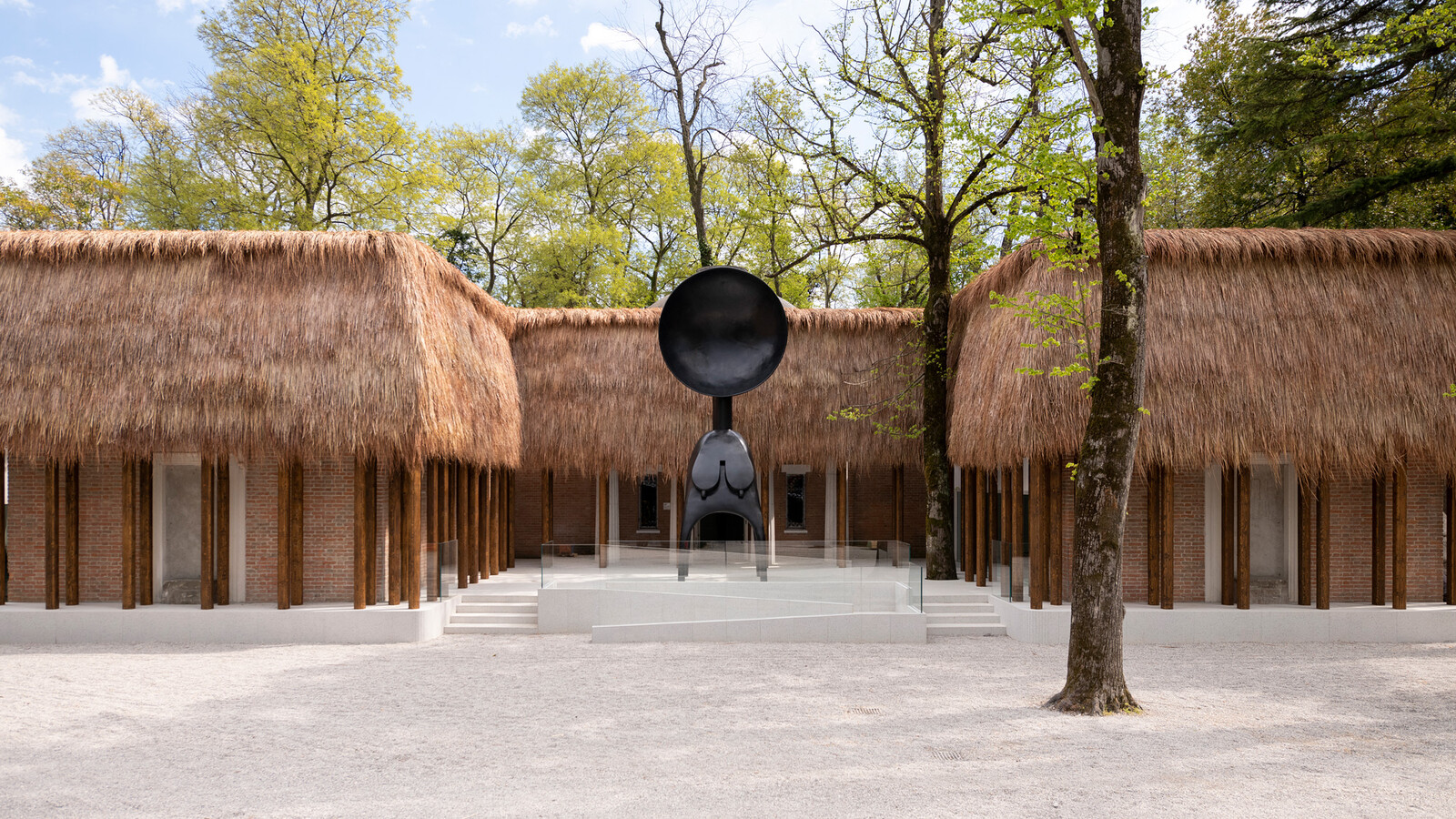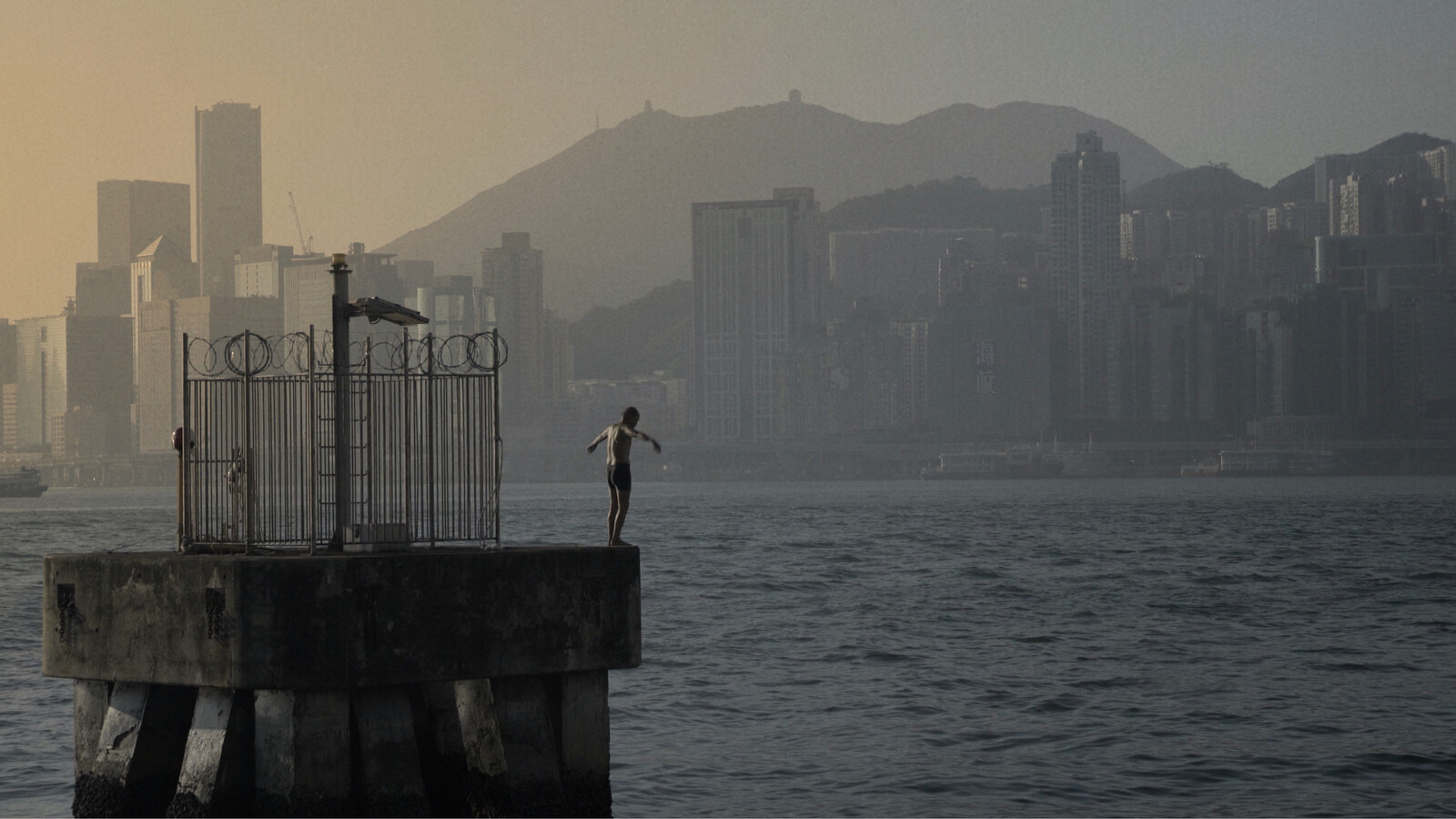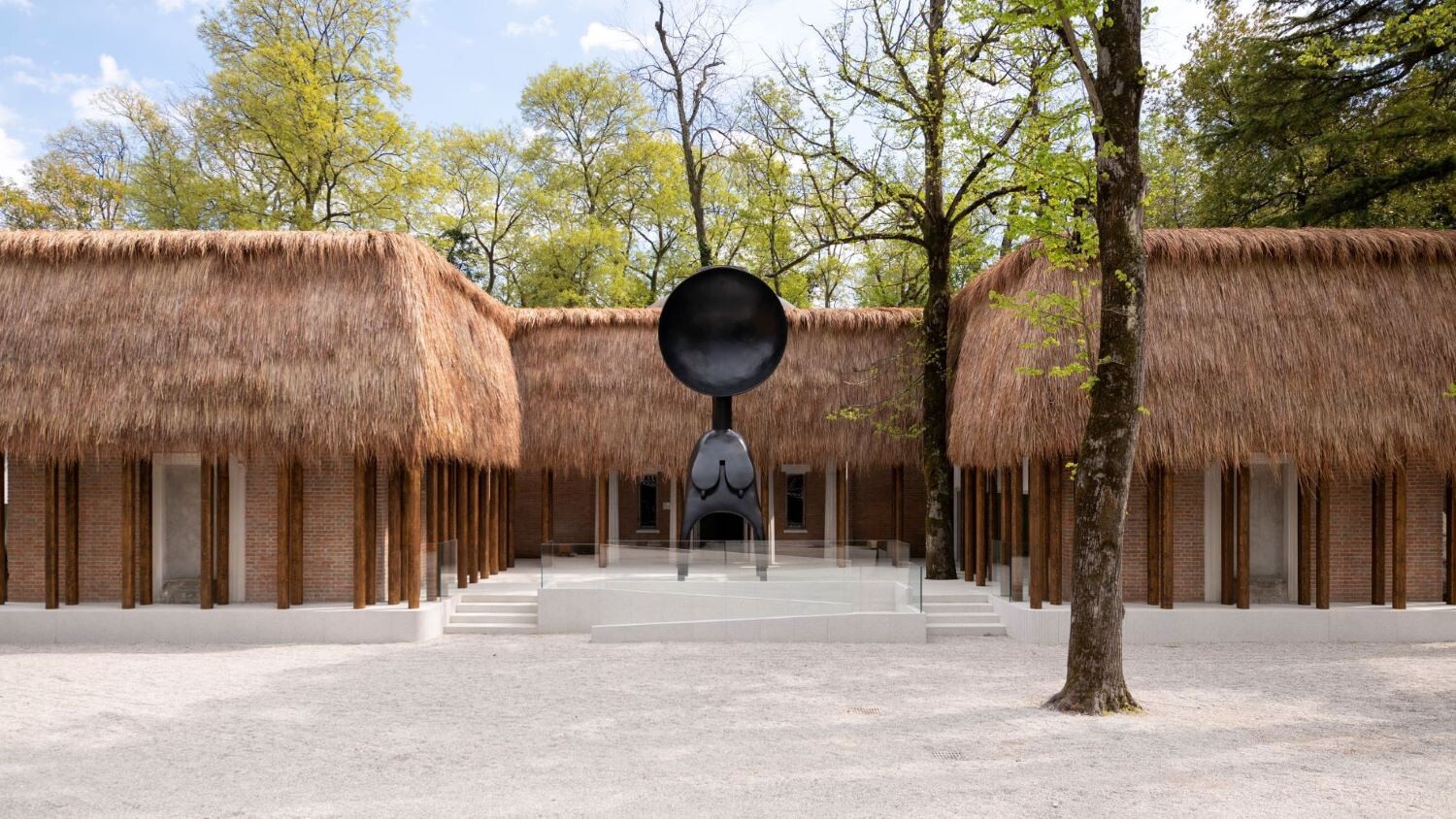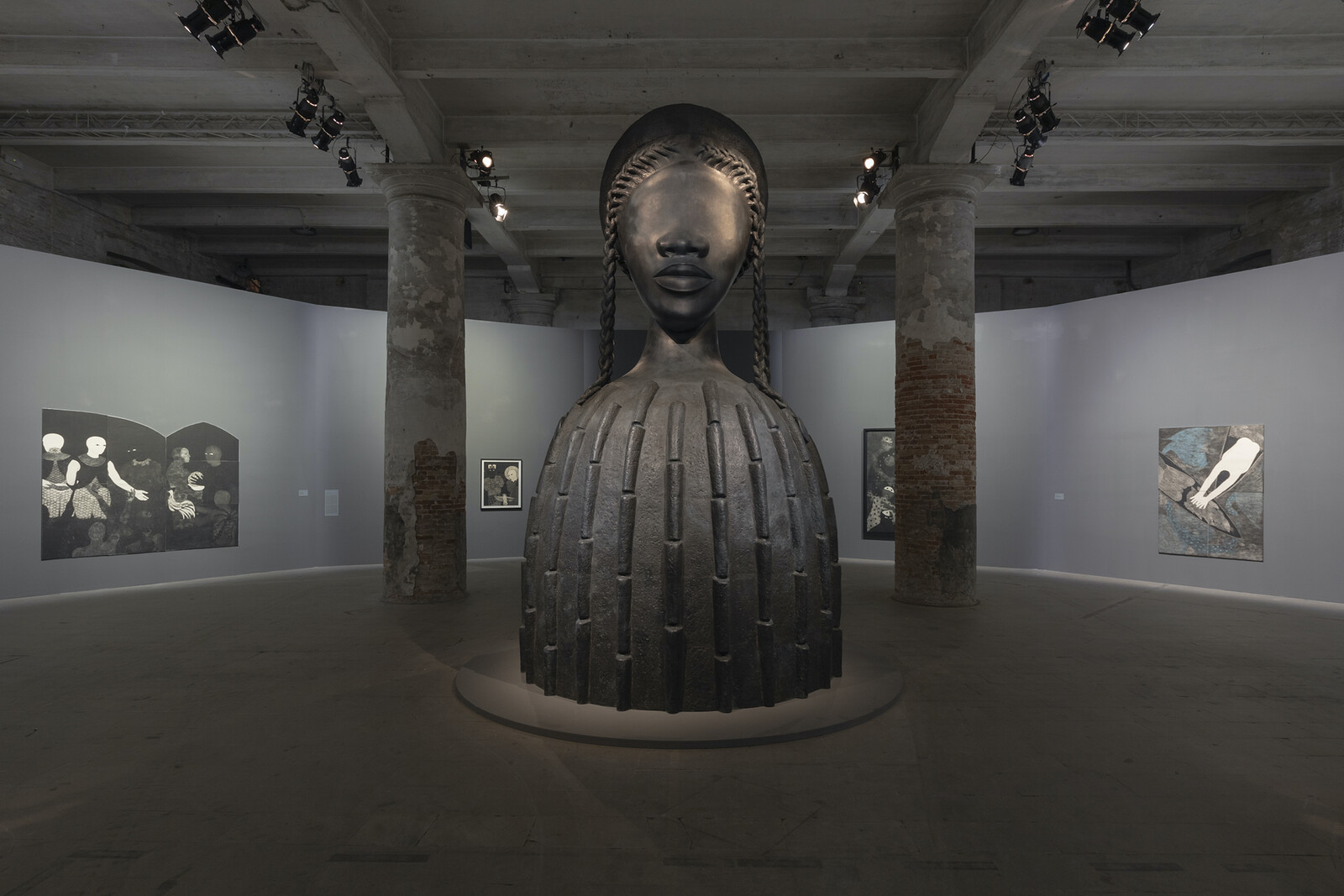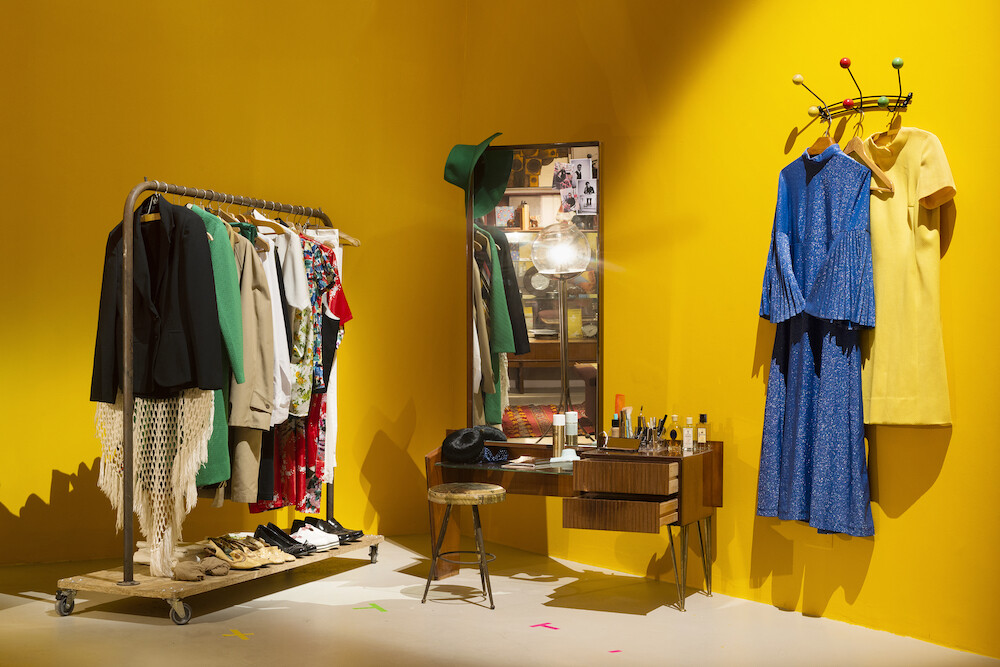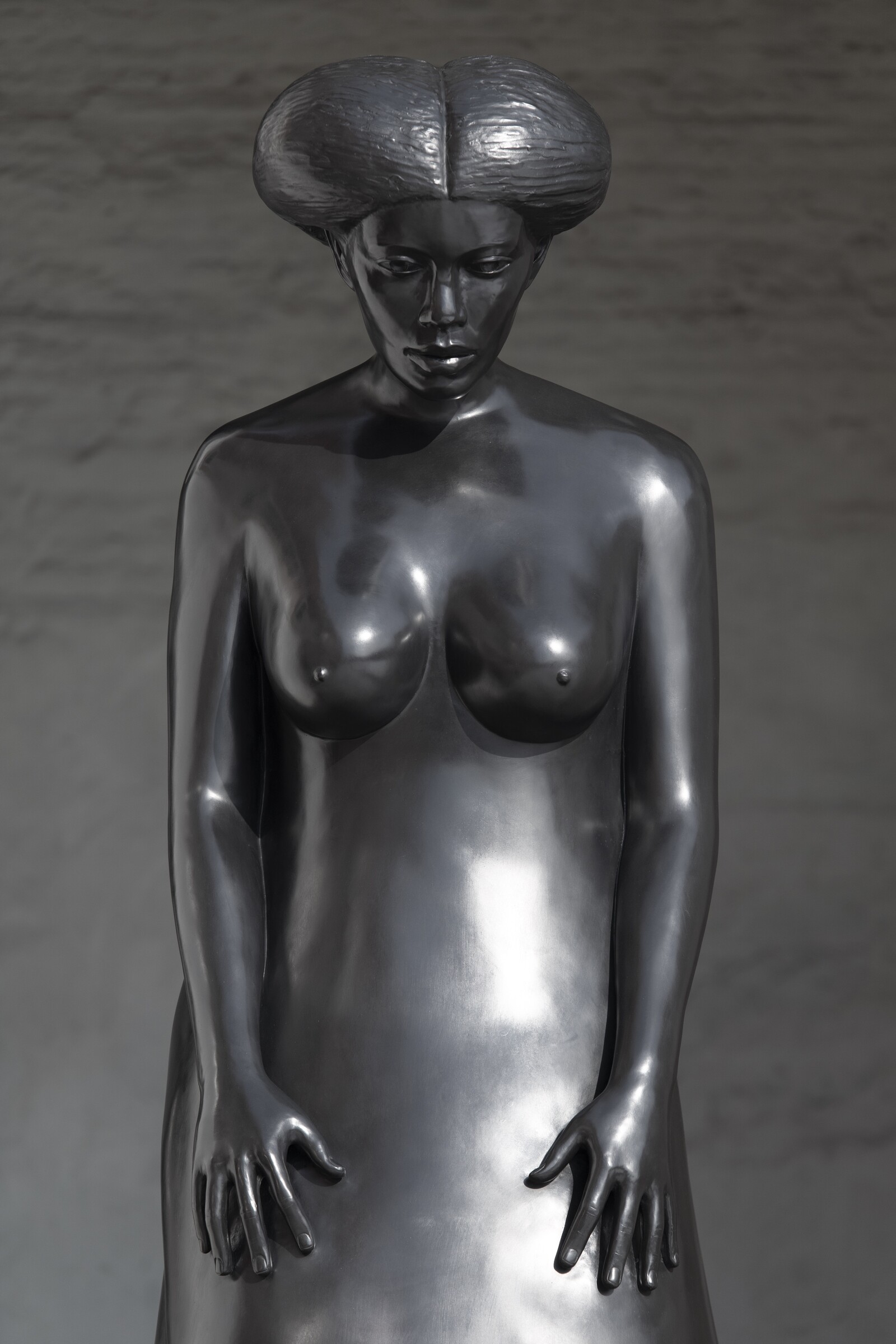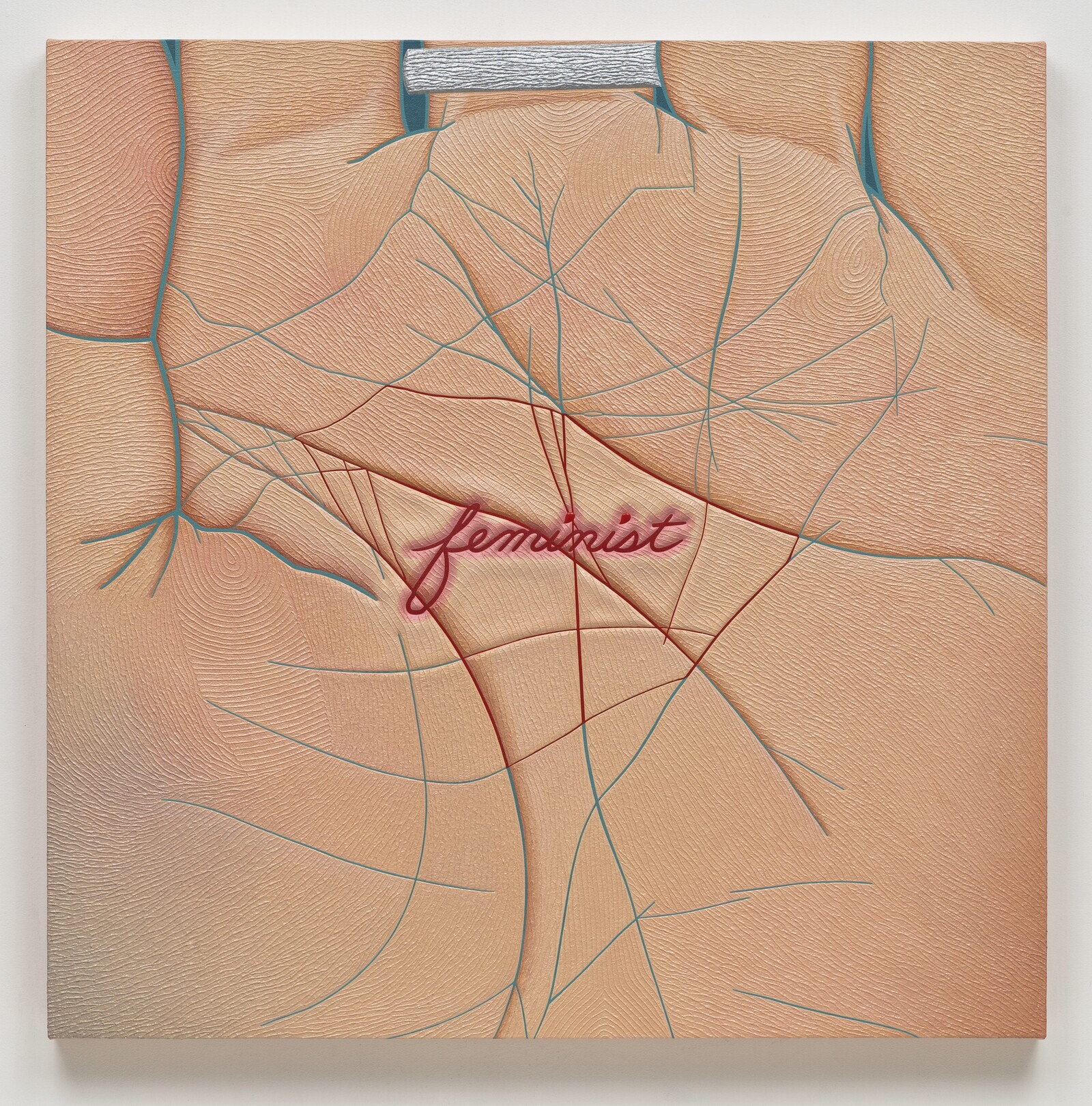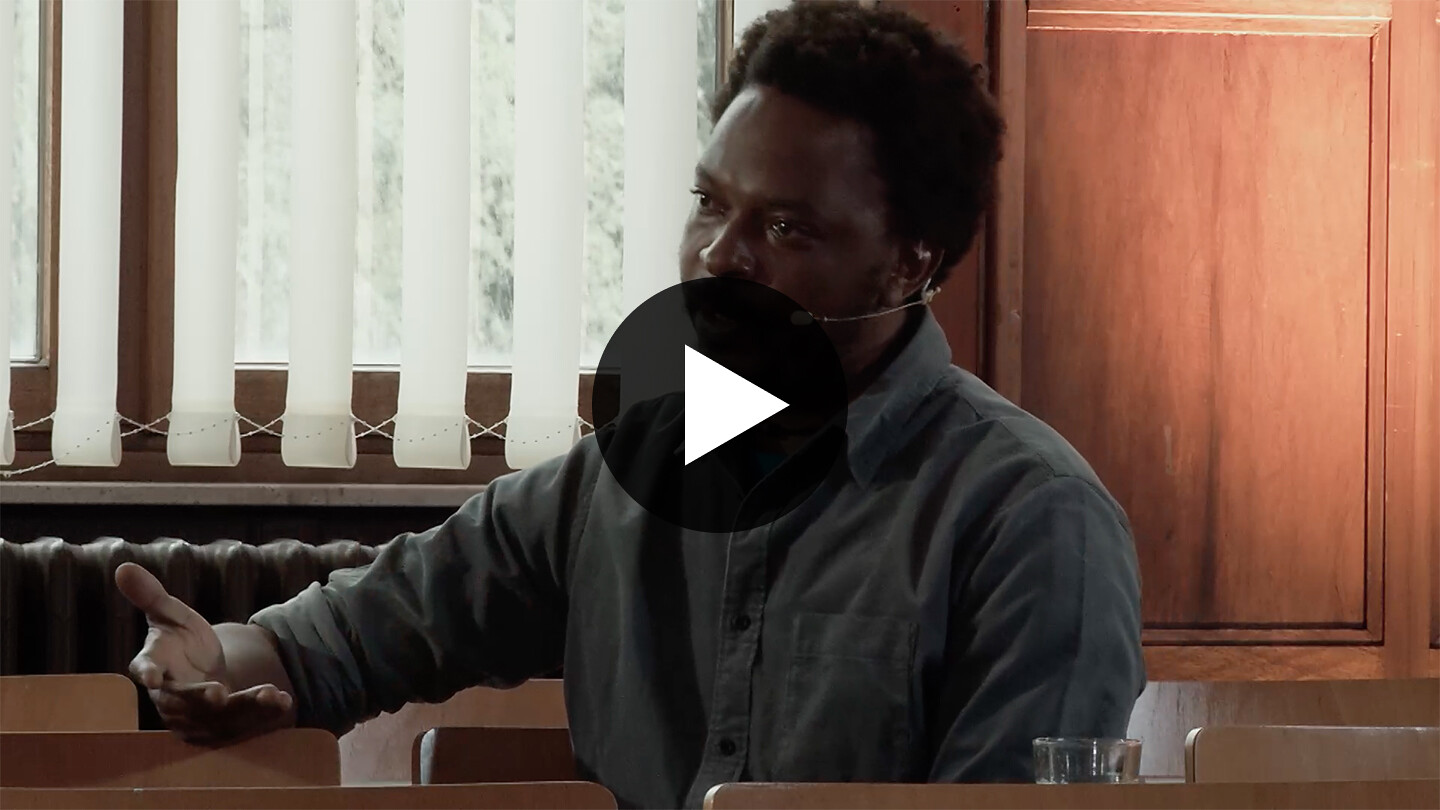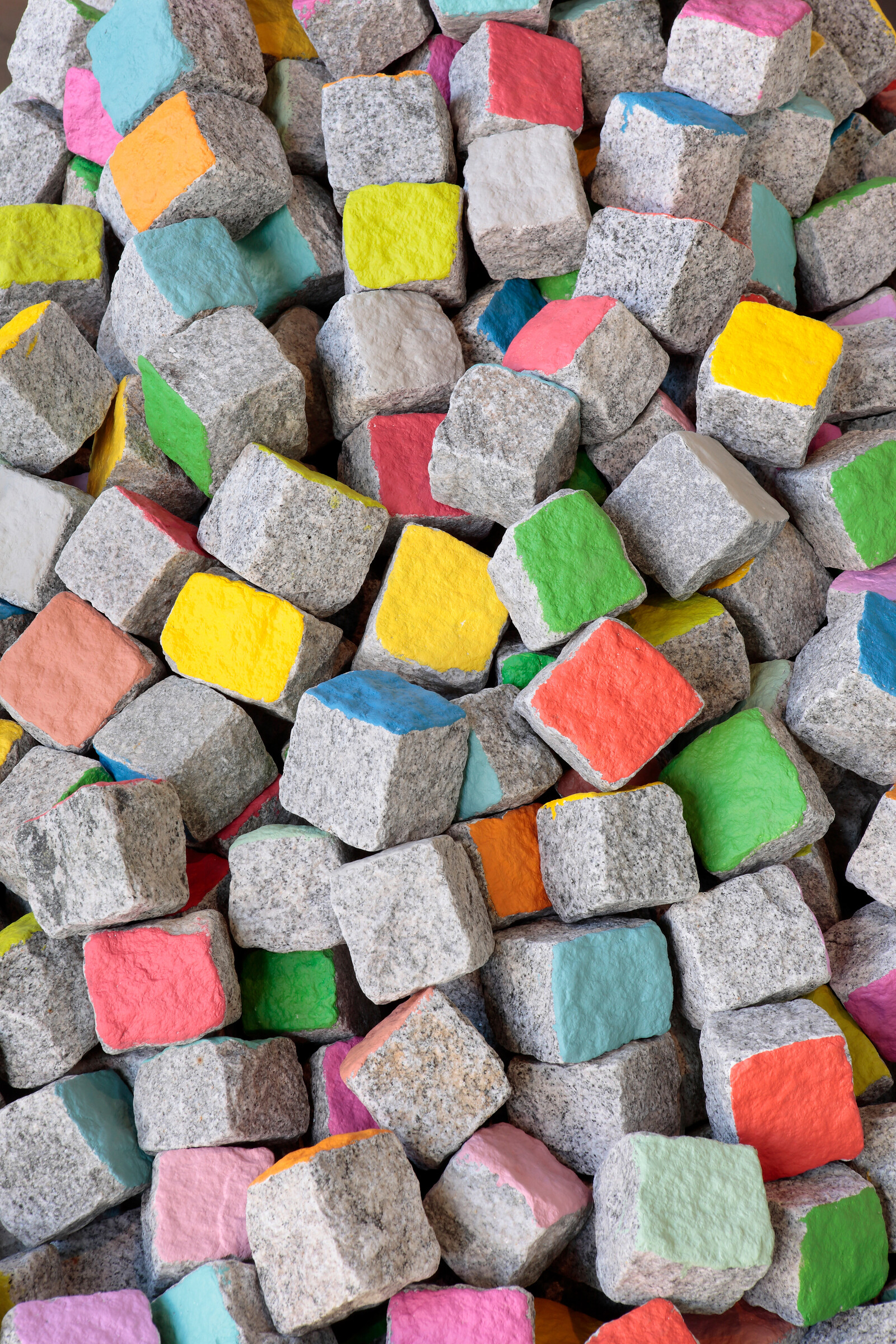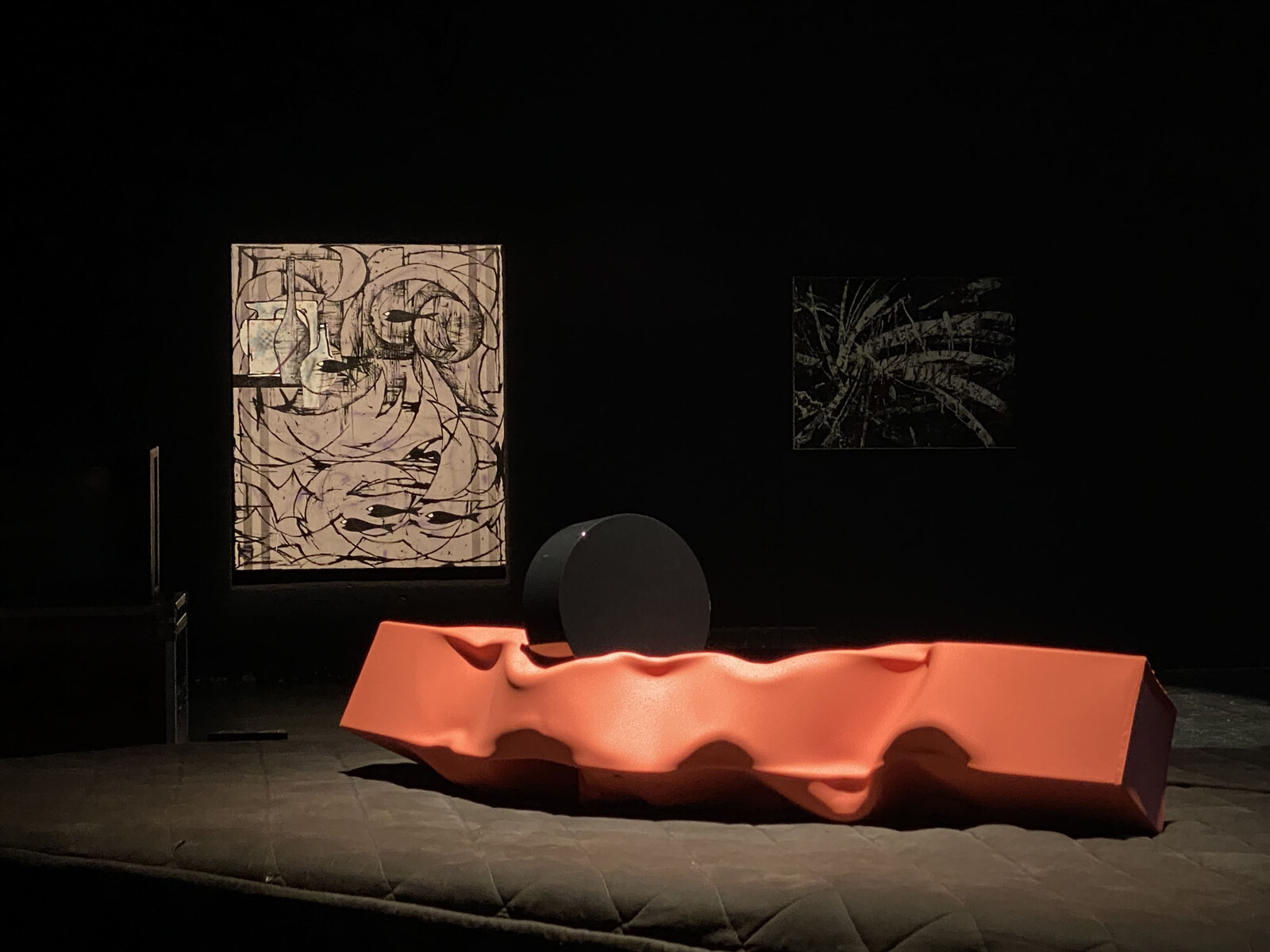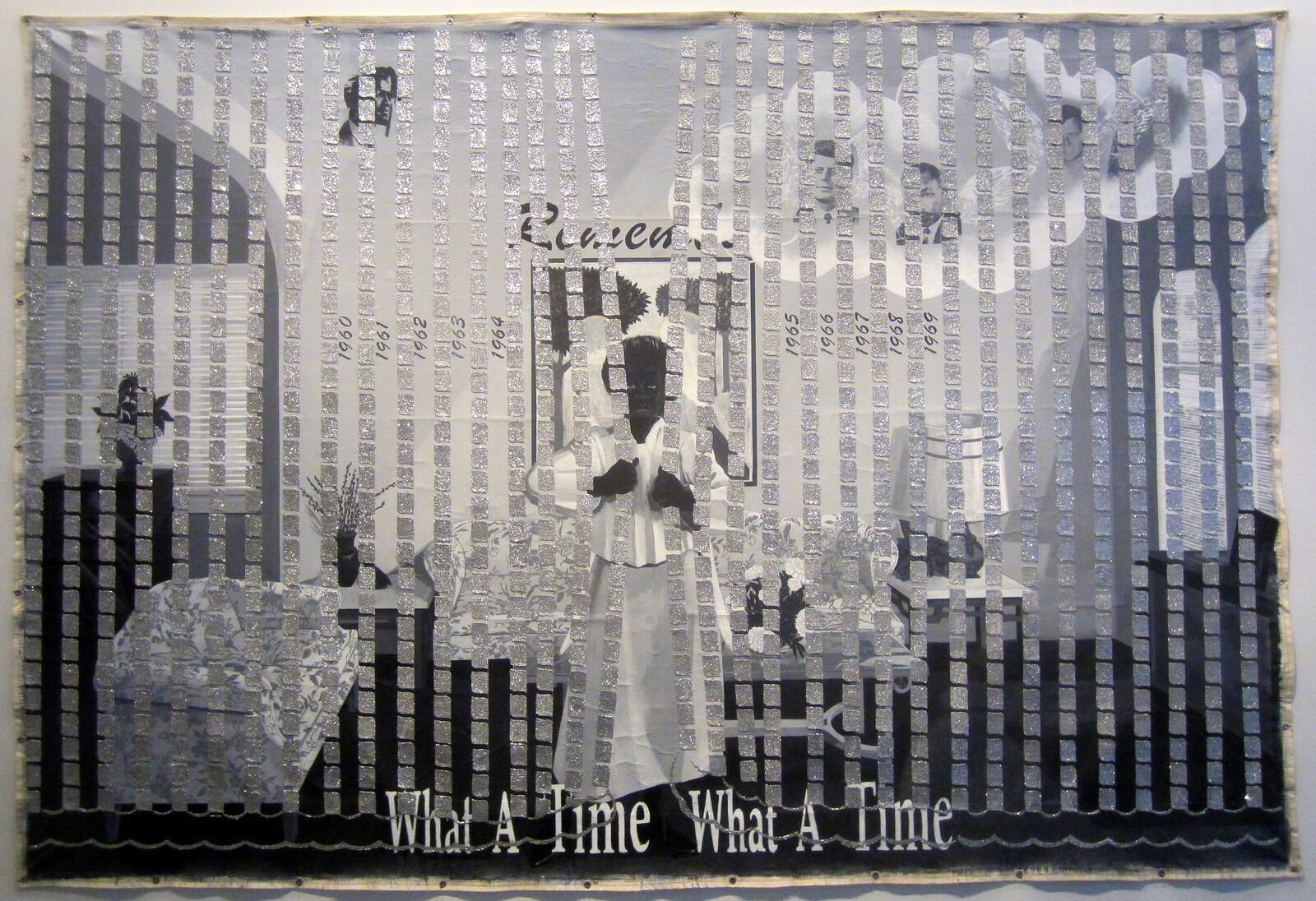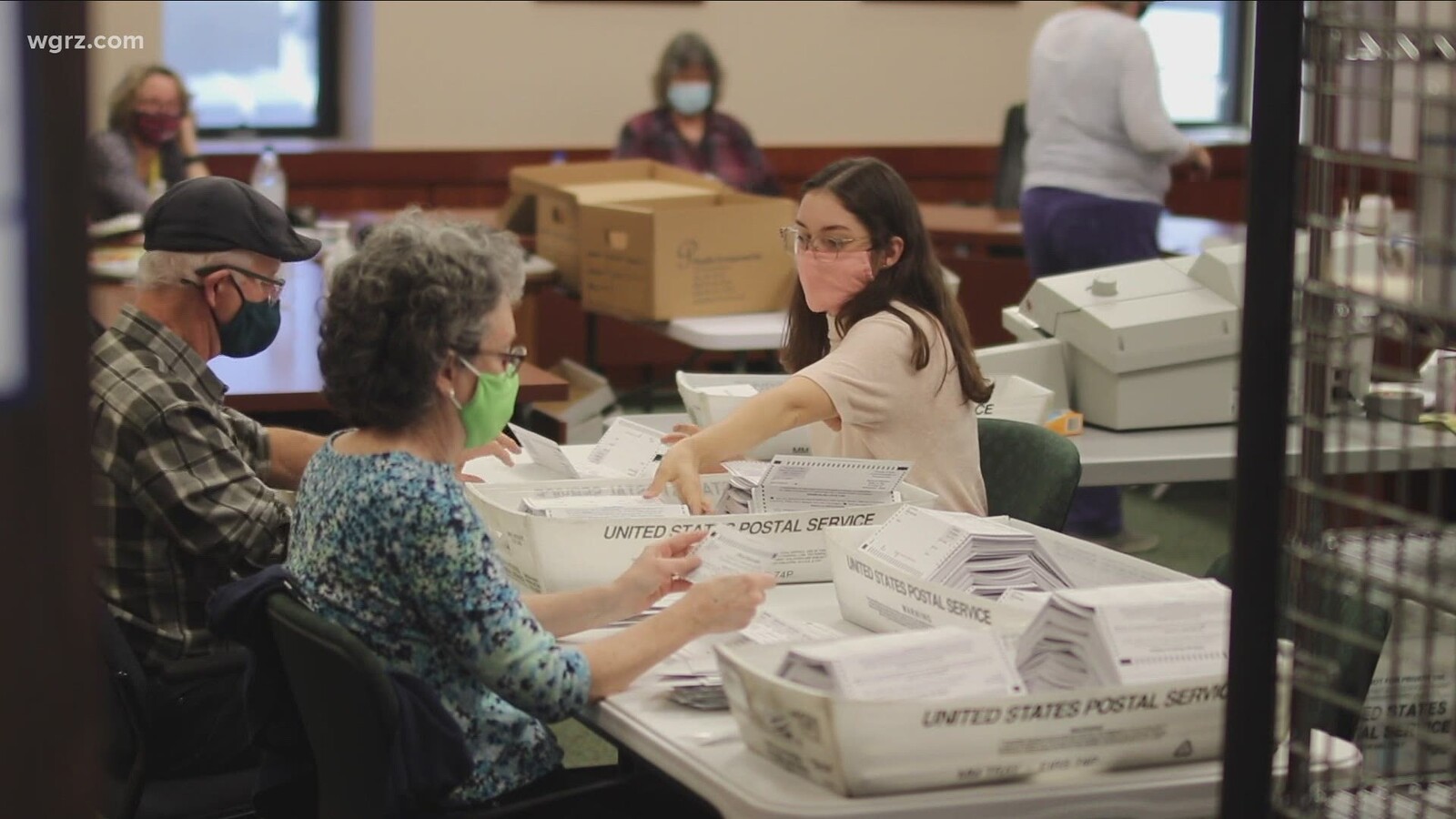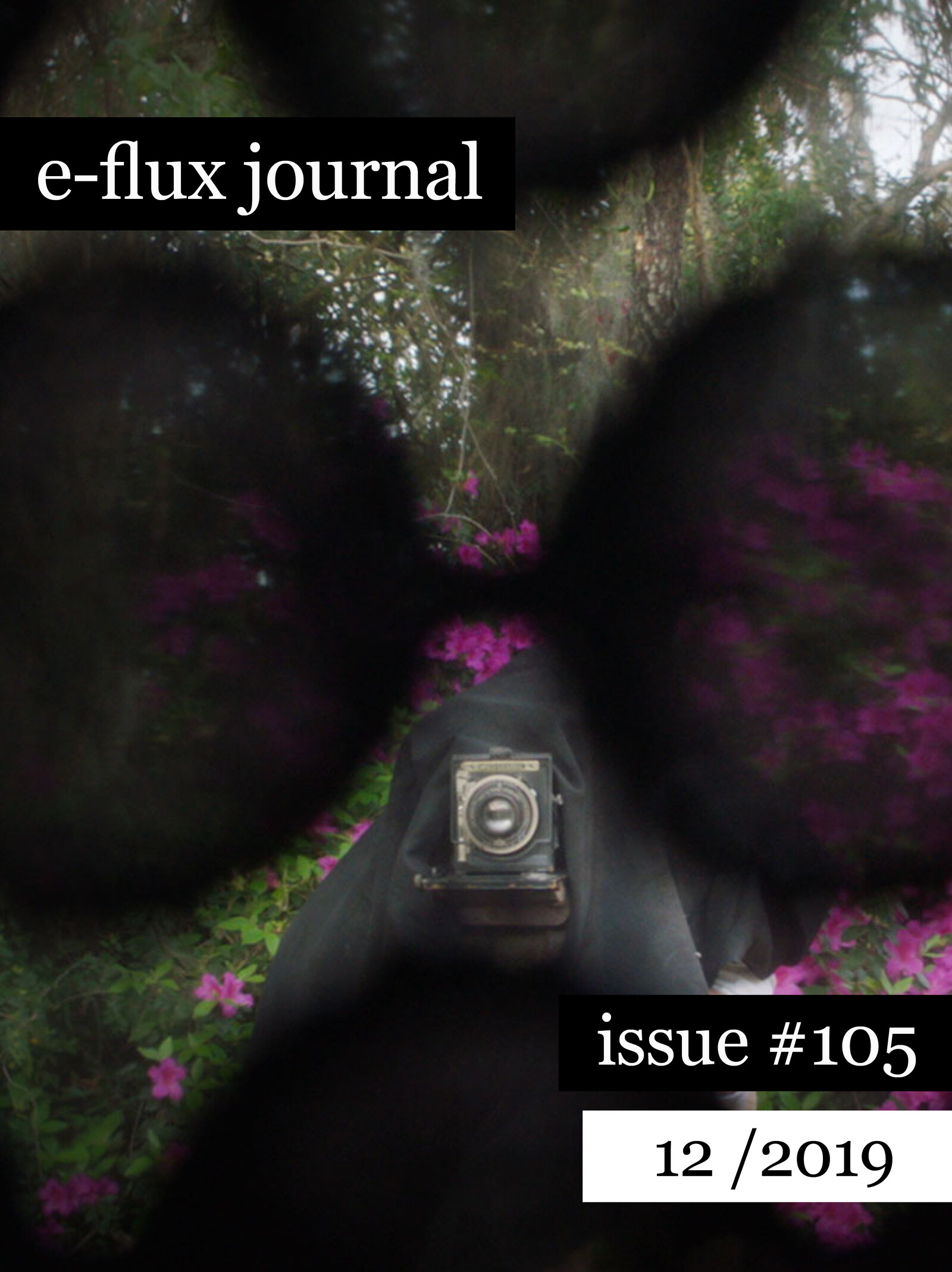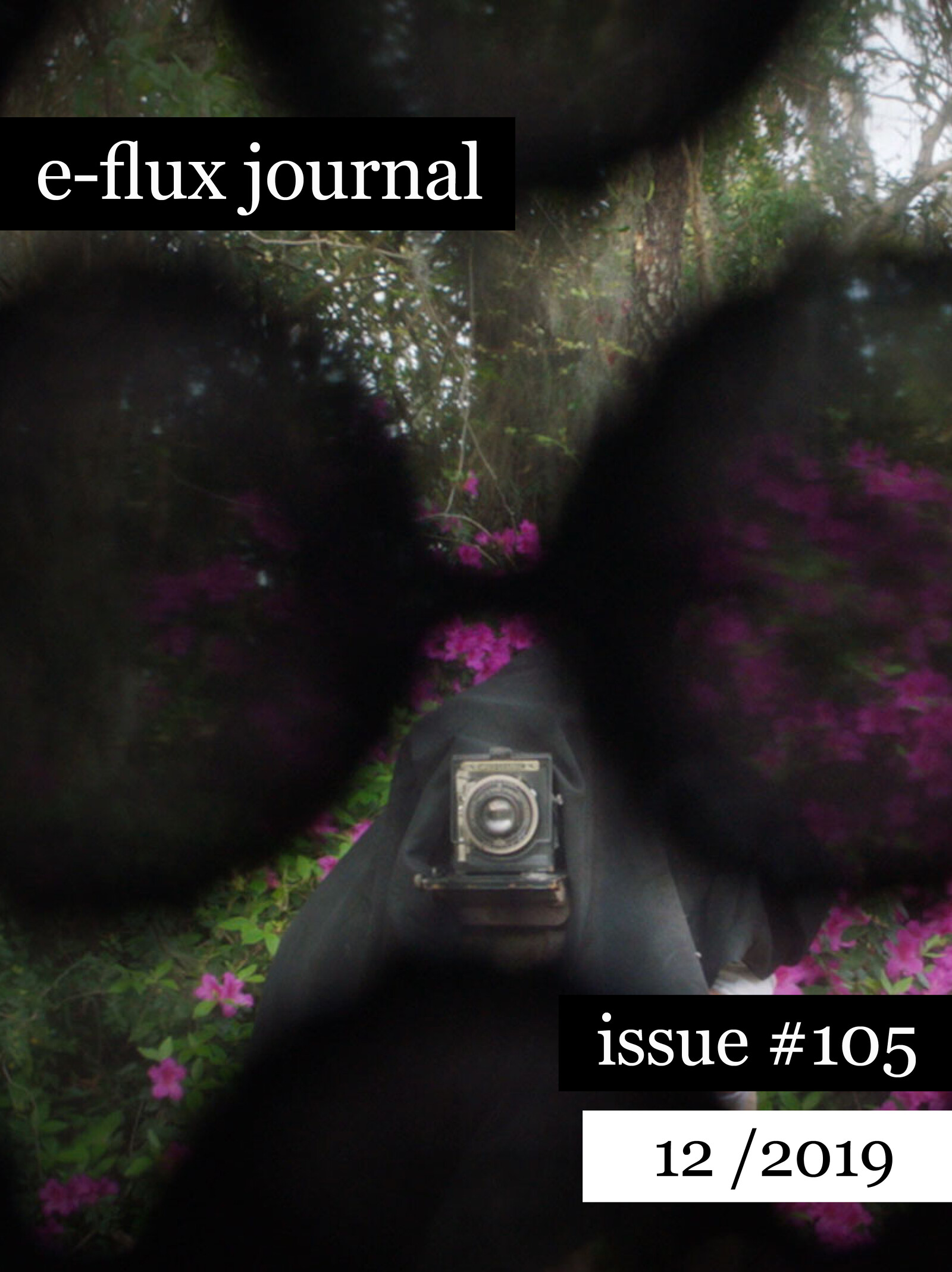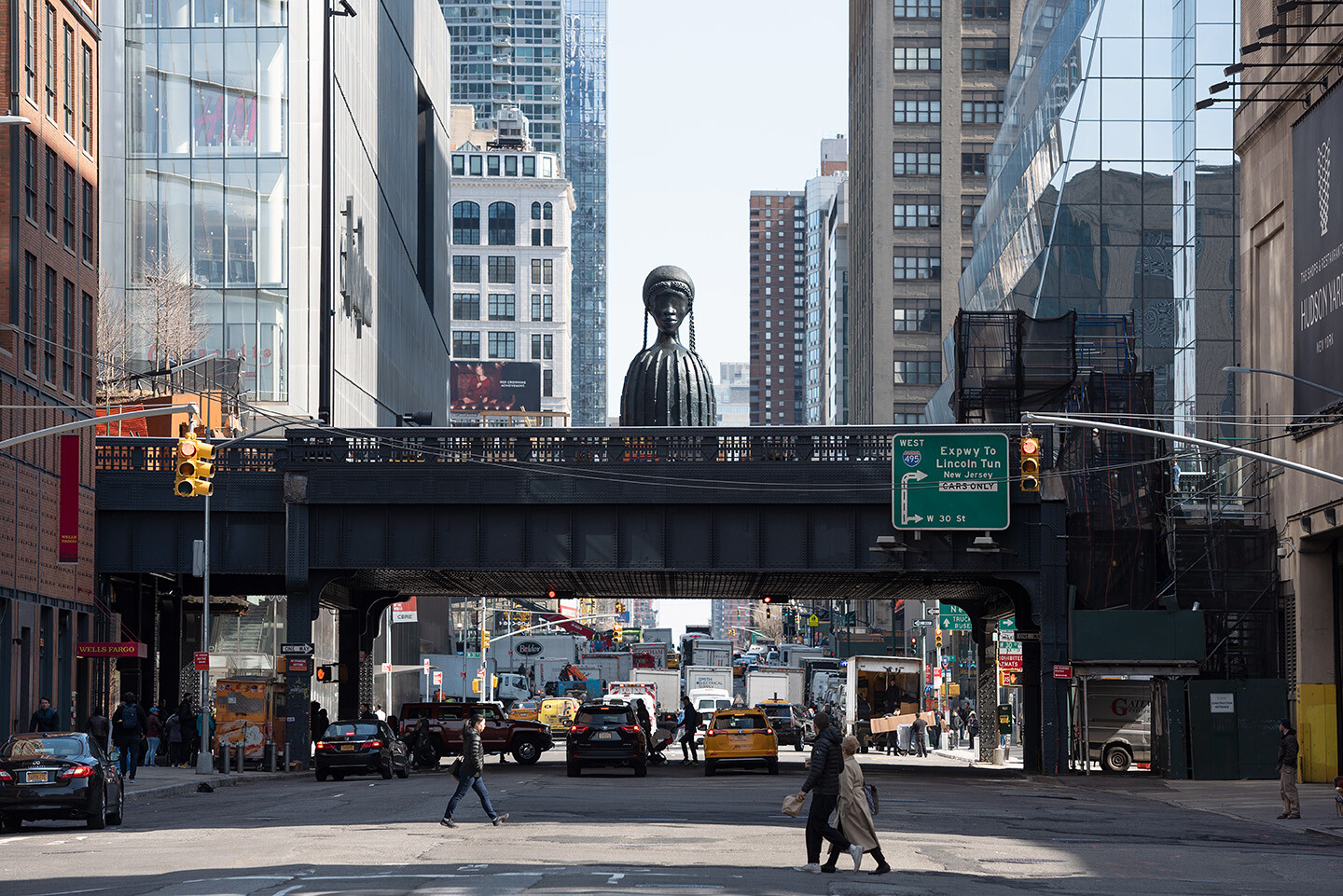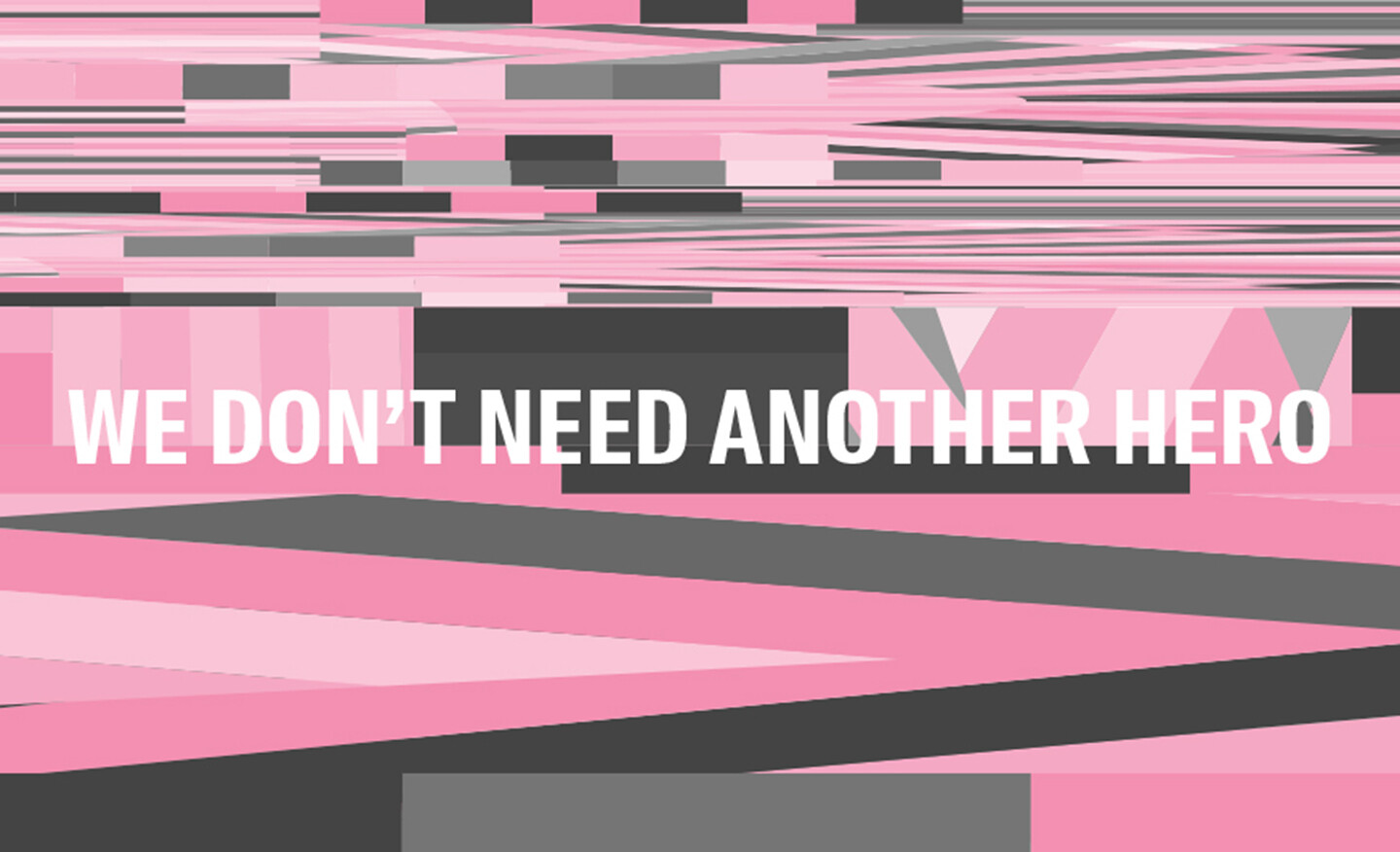Simone Leigh Read Bio Collapse
Simone Leigh was born in 1967 in Chicago, Illinois. She is a recipient of the Hugo Boss Prize (2018), Foundation for Contemporary Art Grant (2018), Joyce Alexander Wein Artist Prize (2017), John Simon Guggenheim Fellowship (2016), and Anonymous Was a Woman Award (2016). Recent projects and exhibitions include “Loophole of Retreat” (2019) at the Guggenheim Museum, New York; the 2019 Whitney Biennial; “The Waiting Room” (2016) at the New Museum of Contemporary Art, New York; “Hammer Projects” (2016) at the Hammer Museum, Los Angeles; inHarlem (2016), a public installation presented by The Studio Museum in Harlem at Marcus Garvey Park, New York; and The Free People’s Medical Clinic (2014), a project commissioned by Creative Time, New York. Leigh is the first artist to be commissioned for the High Line Plinth, where her monumental sculpture Brick House is on view through October 2020.
On April 27, 2019, the Solomon R. Guggenheim Museum was the site of a very special convening. It was the brainchild of Simone Leigh, and shared its title with her 2019 exhibition at the museum. Organized by Leigh, Saidiya Hartman, and myself, “The Loophole of Retreat” was an exhilarating, rejuvenating, and inspirational daylong gathering dedicated to the intellectual life of black women that brought together an international constellation of writers, artists, poets, filmmakers, and activists. This special issue of e-flux journal seeks to lift up the extraordinary voices, thoughts, and conversations that emerged at the convening and share them with a wider audience. In doing so, I and my coeditors, Leigh and Hartman, seek to extend the dialogues of the “Loophole” in the hope of including others and inspiring future gatherings which, like the Guggenheim convening, will honor and celebrate the intellectual and creative labor of black women.
How does one convey the beauty of the gathering and how she brings us together? How she does what she does and what unfolds inside the circle? What has she been called to bear for all of us? Refuge is to be found in a skirt of raffia, in a rampart of clay. Simone Leigh’s hands have created a world, have disrupted and evaded the dominant economy of the gaze, not by opposition or protest, not by explaining anything, but by looking otherwise, by retreating within, by a radical withholding that makes visible and palpable all that is held in reserve—all that power, love, brilliance, labor, and care. All that beauty.
Simone Leigh was born in 1967 in Chicago, Illinois. She is a recipient of the Hugo Boss Prize (2018), Foundation for Contemporary Art Grant (2018), Joyce Alexander Wein Artist Prize (2017), John Simon Guggenheim Fellowship (2016), and Anonymous Was a Woman Award (2016). Recent projects and exhibitions include “Loophole of Retreat” (2019) at the Guggenheim Museum, New York; the 2019 Whitney Biennial; “The Waiting Room” (2016) at the New Museum of Contemporary Art, New York; “Hammer Projects” (2016) at the Hammer Museum, Los Angeles; inHarlem (2016), a public installation presented by The Studio Museum in Harlem at Marcus Garvey Park, New York; and The Free People’s Medical Clinic (2014), a project commissioned by Creative Time, New York. Leigh is the first artist to be commissioned for the High Line Plinth, where her monumental sculpture Brick House is on view through October 2020.
What does the history of the breast, with its attendant racializing cleavages of being, do to traditions of comparison? Thinking across the scale of the cell, the breast, and embattled human sociality, this essay shifts black feminist critical attention from the posterior to the breast and suggests that thinking sociogenically troubles utopic interpretations of trophallaxis in the biological sciences and beyond.
“You make bread out of stone,” Dionne once urged. Out on and out of this obsidian selvage, Dionne, Zakiyyah, and Christina have offered us this sustenance from stone: a sense of what might be imagined if we can make our way to our selves’ edges, and what possibilities might emerge from the loophole. Through the figures of the map, the insect, and the vessel they each engage in this edge-work, underscoring the porous processes out of which our bodies and our lives are made.
The blinding in Simone’s figures seems to me a self-blinding in order to see the self more clearly. A blinding that forces the one blinded to look inside more deeply. It’s a miracle, a radical act of self preservation, this blinding. It shuts out the exterior to be able to pay more and better attention to the interior. And the question it asks is: How brave and how honest will we be when we begin to look inside?
